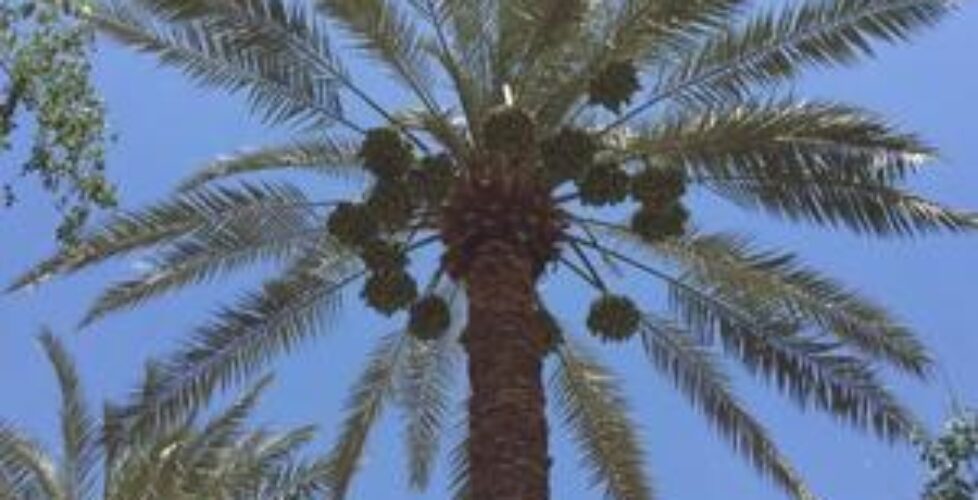Finding the Remnants of Blessings past
It has been four years since we have had High Holy Days, together, in-person, in the sanctuary at Temple Beth Shalom…..
In those four years, we have changed individually, our congregation has changed, yes, even the building has changed. Yet, how much will be familiar and just like before?
While this might be a universal human experience in lots of venues and communities in the wake of the Covid pandemic, there is also an incredible framework of Jewish experience and wisdom that we can apply. Our ancestors frequently had to reset themselves, with intention, going from disruption/destruction into a new life, working on connecting the past while still moving forward.
The framework focuses on the idea of Israel being a “Sacred Remnant”
One religious scholar defines A remnant as a left-over amount from a larger portion or piece, whether it is food, material from which a garment is fashioned, or even a group of people. After a destruction or a time of loss, those remnants are reinvigorated with God’s support. For example, we read in Isaiah 10
34 The thickets of the forest shall be hacked away with iron, And the Lebanon trees shall fall in their majesty. Chapter 111 But a shoot shall grow out of the stump of Jesse,(Father of King David) A twig shall sprout from his stock. 2 The spirit of the Eternal One shall alight upon him: A spirit of wisdom and insight, A spirit of counsel and valor, A spirit of devotion and reverence for the Eternal One. https://gotquestions.org/Bible-remnant.html
This concept of the Sacred Remnant reoccurs in the Hebrew Bible and throughout our history. I am always drawn when I find very real world illustrations in our day and age. As a Jewish garden educator, one often finds plants that have been damaged and yet are able to generate a next generation to continue life in the world. One example of sacred remnant in the plant world grows to an entirely different level when it intersects and becomes an act of Holocaust memory and survival.
With the THE SAPLING PROJECT the stewards of the Anne Frank House created this dynamic both for a chestnut tree and as a way to honor Anne Frank’s life and message to the world.
As Anne wrote about her own hopes and dreamed of a better future, she often looked out upon a large horse chestnut tree in the garden behind the Secret Annex. For her, the tree symbolized freedom as well as nature, which she longed to enjoy once again. Sadly, the aging chestnut tree behind the Secret Annex collapsed from disease in 2010. However, in the few years before the tree’s demise, the stewards at the Anne Frank House wisely created saplings that have since been distributed to numerous locations around the world.
For more information: http://www.cnn.com/2010/US/04/30/anne.frank.tree/index.html
Our return to the Sanctuary for High Holy Days after an absence of four years might not be quite that dramatic, but it is still significant and calls on us to mark it with intention. We have the opportunity and responsibility to witness experiences of being a sacred remnant, reconnecting and restoring after a loss. There is work to do to create experiences of connection and maintain the connections generated by others. We should reflect and ask ourselves, “What are we rekindling? What do I find anew? How do I/we celebrate honor memories of the past and yet, tune into blessings and challenges of a new year fresh start? Finding ways to weave this framework of Sacred Remnant into our High Holy Day experiences not only helps us feel the weight of the last few years but add additional layers of sweetness to this new year of 5784.
L’Shanah Tova, Rabbi Michael Birnholz


Donate
Directions